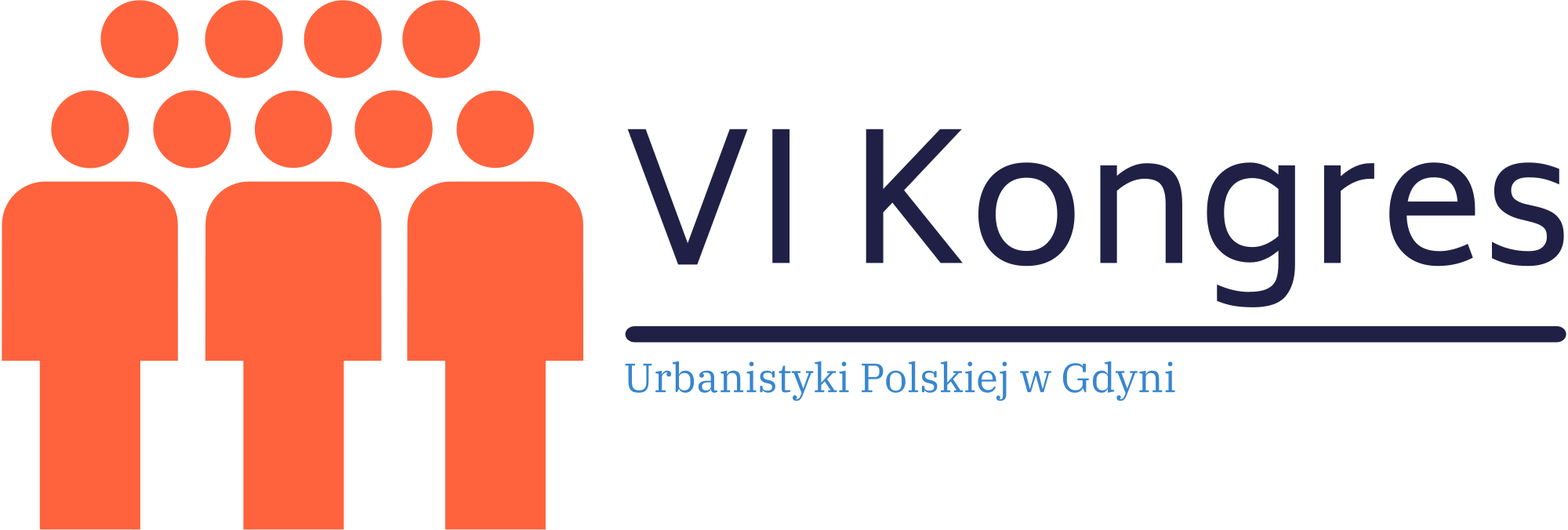Sesje Plenarne na VI Kongresie Urbanistyki Polskiej w Gdyni
Sesje plenarne VI Kongresu Urbanistyki Polskiej w Gdyni to serce naszego wydarzenia, stanowiące forum dla wiodących myślicieli, ekspertów i praktyków w dziedzinie urbanistyki. Zapraszamy uczestników do wzięcia udziału w tych inspirujących spotkaniach, które będą odbywać się [wprowadź daty sesji]. Nasze sesje plenarne skupiają się na najistotniejszych i najbardziej aktualnych zagadnieniach dotyczących urbanistyki i rozwoju miast.
Cel i Struktura Sesji Plenarnych
Głównym celem sesji plenarnych jest stworzenie przestrzeni dla otwartej i twórczej dyskusji na tematy kluczowe dla przyszłości urbanistyki. W ramach sesji będziemy eksplorować szereg tematów, od zrównoważonego rozwoju miast, przez innowacje technologiczne w planowaniu przestrzennym, po wyzwania społeczne i ekonomiczne w urbanistyce. Struktura sesji została zaprojektowana tak, aby maksymalizować wymianę wiedzy i doświadczeń między prelegentami a uczestnikami.
Każda sesja plenarna będzie prowadzona przez wybitnych ekspertów i liderów myśli w dziedzinie urbanistyki. Prelegenci zaprezentują swoje perspektywy, badania i studia przypadków, dostarczając uczestnikom cennych wglądów i inspiracji. Po prezentacjach przewidziany jest czas na pytania i odpowiedzi, co umożliwi bezpośrednią interakcję i pogłębioną dyskusję na ważne tematy.


Tematyka Sesji Plenarnych
W ramach VI Kongresu Urbanistyki Polskiej w Gdyni, sesje plenarne będą obejmować szereg tematów, które odzwierciedlają najnowsze trendy i wyzwania w urbanistyce. Należą do nich:
-
Zrównoważony Rozwój Miast: Tutaj skupimy się na strategiach i rozwiązaniach, które przyczyniają się do tworzenia zrównoważonych, zdrowych i przyjaznych dla mieszkańców miast.
-
Innowacje w Planowaniu Przestrzennym: W tej sesji omówimy, jak nowe technologie i podejścia mogą rewolucjonizować planowanie miejskie i zarządzanie przestrzenią.
-
Wyzwania Społeczne i Ekonomiczne w Urbanistyce: Skoncentrujemy się na społecznych i ekonomicznych aspektach urbanistyki, w tym na zagadnieniach integracji społecznej, dostępności mieszkalnictwa i rozwoju gospodarczego miast.
-
Mobilność Miejska i Infrastruktura: Ta sesja będzie poświęcona przyszłości transportu miejskiego, infrastruktury oraz ich wpływu na jakość życia w miastach.
Format Sesji Plenarnych
Każda sesja plenarna będzie miała swój unikalny format, dostosowany do tematyki i stylu prezentacji. Formaty te będą się różnić – od tradycyjnych prezentacji po dynamiczne panele dyskusyjne i interaktywne warsztaty. Naszym celem jest stworzenie angażującego i stymulującego doświadczenia dla uczestników, pozwalającego na głębsze zrozumienie i zaangażowanie w dyskusję.
Zaproszeni Prelegenci
Z dumą prezentujemy listę zaproszonych prelegentów, która zawiera wybitne osobistości ze świata urbanistyki. Naszymi gośćmi będą zarówno międzynarodowi eksperci, jak i lokalni liderzy, którzy podzielą się swoimi unikalnymi doświadczeniami i perspektywami. Pełna lista prelegentów oraz ich biografie są dostępne na naszej stronie internetowej.
Rejestracja i Informacje Dodatkowe
Zachęcamy do wcześniejszej rejestracji na sesje plenarne, aby zapewnić sobie miejsce. Szczegółowe informacje dotyczące rejestracji, programu oraz wszelkich aktualizacji są dostępne na naszej stronie. W przypadku pytań lub potrzeby dodatkowych informacji, nasz zespół jest do Państwa dyspozycji.
